Stem cell therapy is a new technology, and it can alleviate joint pain, back injuries, tendon damage, ligament injuries. As scientists are studying the benefits of stem cell therapies, new and old stem cells, misbeliefs still exist.
Clinical experience and current stem cell research in regenerative medicine are slowly eliminating many of the misconceptions.
Without any further ado, let’s check the most common misbeliefs on stem cell therapy:
Table of Contents
1. Stem cells are harvested from embryos

Embryonic stem cell research did cause a lot of controversies, but it means nothing when you take a look at the whole picture. Umbilical cord blood and adult stem cells also stem cells used in various conditions.
For instance, adult stem cells are used for addressing injuries on tendons, ligaments, and spine. Adult stem cells are found in everyone’s body and are present in every single organ and tissue.
Adult stem cells are found in the bone marrow and fat tissue, where it’s the most significant reservoir of adult stem cells. Stem cell therapies with autologous adult stem cells lead to impressive results.
2. Stem cell therapy is illegal
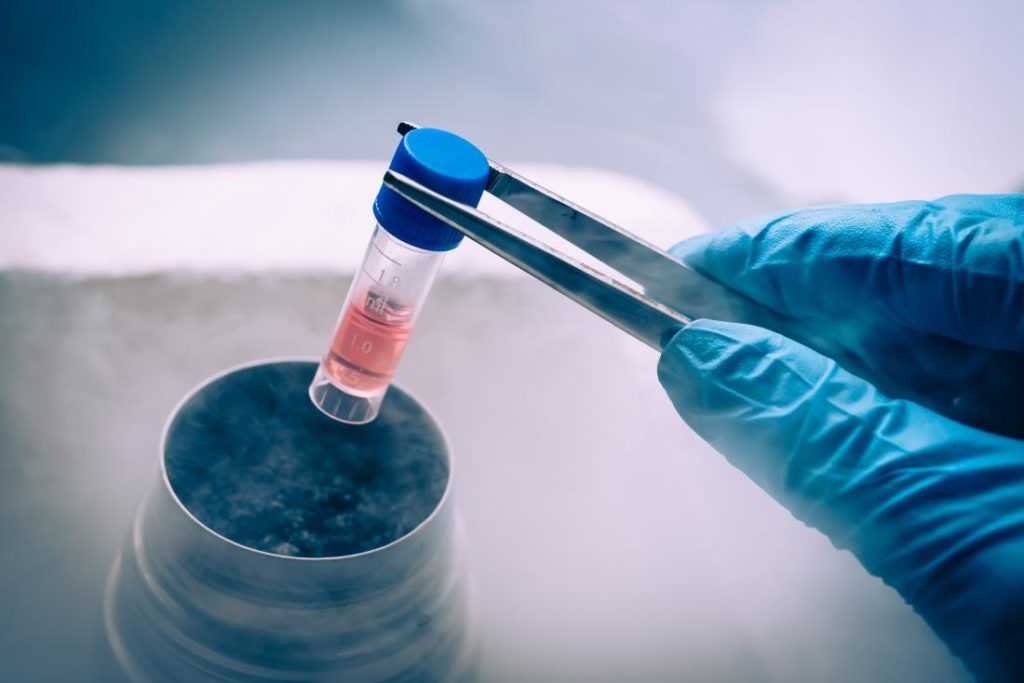
In most cases, it’s only the adult autologous (from your own body) stem cells that are used for treatment. Adult stem cell therapies are lawful for using within a same-day procedure, as long as the cells haven’t been expanded yet.
3. The bone marrow gives the best source of stem cells
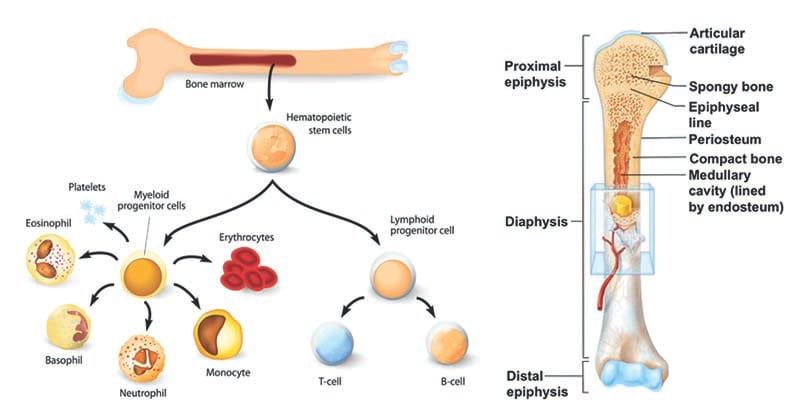
It’s genuine that bone marrow is an essential source for stem cell harvest, as it includes particular growth factors and hematopoietic cells that sustain the tissue regeneration. Bear in mind that bone marrow isn’t the only source of adult stem cells, nor the largest. “As we’re aging, the stem cell amount decreases impressively in the bone marrow. It’s not the case for the stem cells in adipose/fat tissue, where they’re always plenty, no matter our age.”, highlights Clark Stevens, a representative of a holistic center in California.
It seems that the fat tissue contains almost 100-1000 times more stem cells per volume than bone marrow. However, a customized formula of cells from bone marrow and stem cells from fatty tissue will give the best results.
4. Stem cells have to be stored at birth for future treatments
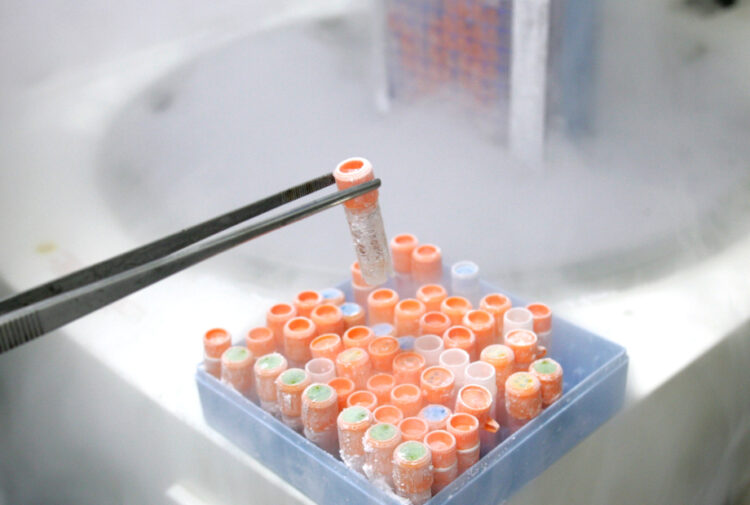
The fact is that the umbilical cord can be taken at birth and saved for future therapies. It’s a safe method and quite common for storing the cells. However, adult cell stems are used nowadays, as they’re harvested safely from both bone marrow and the adipose tissues.
Adult stem cells are a standard solution for injuries of the back, tendon, and joint. They’re also a reliable method for sustaining healing after back and joint surgeries. And it’s not only the traditional medicine using stem cell therapy but alternative healing facilities too. “We’ve looked into the benefits of stem cell therapy and noticed how patients with lupus, exhaustion, and even cancer benefit from it,” says Johnny Tabaie, who works in a luxurious healing center on the coast of the Pacific, with an informational website at theholisticsanctuary.com.
5. Stem cells are the miracle solution for all illnesses
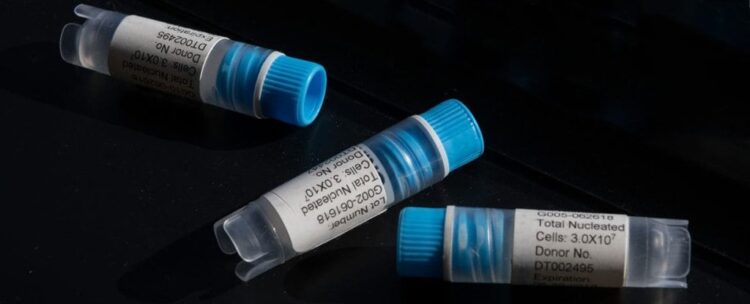
Truth be told, stem cells step up the game when it comes to treating various and numerous health conditions. However, stem cell therapy doesn’t provide a solution to all degenerative diseases. Patients should take it with a grain of salt, as not all illnesses respond to stem cells. Large disc herniations, hips with bony encroachment on the joint space, or knees with significant asymmetric degeneration are only some to name.
On the other hand, there are impressive outcomes in the tear of rotator cuff tendon or ACL with a partial tear. Doctors insist that patients should be aware of the benefits of stem cell therapies so that they don’t have too high expectations from the treatment.
6. Stem cell therapy isn’t safe
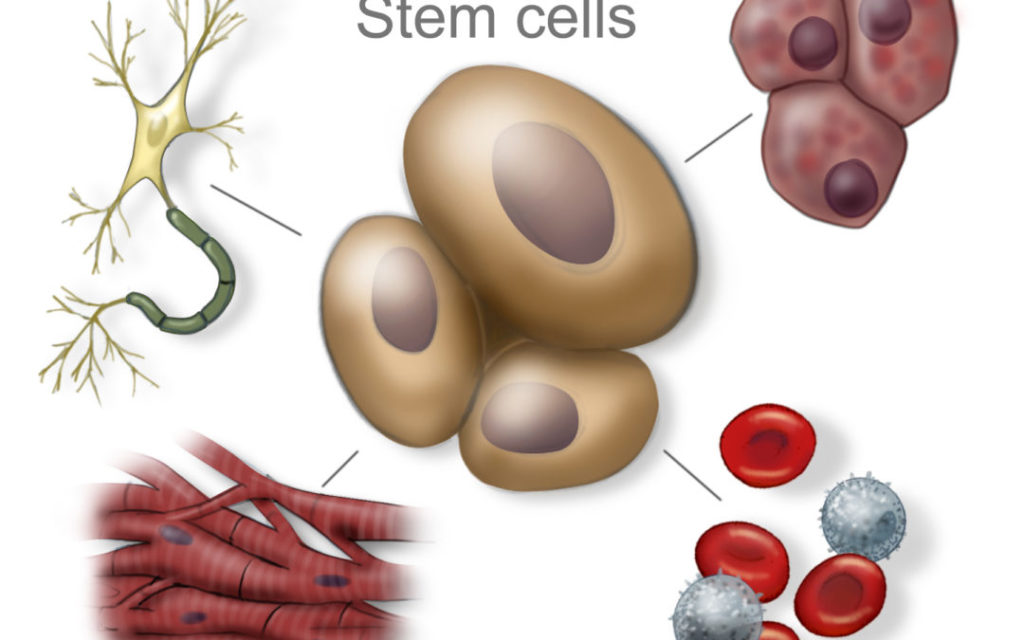
As long as autologous adult stem cells are used, the risk for treatment is minor. Additionally, when adult stem cells from your adipose tissue and bone marrow are used, the body will accept the new tissue, so the risk of rejection is null. Since the stem cells are harvested from your own body, the chance of getting a contagious infectious disease is also invalid.
In the case of knee and hip replacement surgery, the risk of heart attack is significant, but that’s not a problem for stem cell therapy. It’s still a medical procedure, so a minor risk of infection at the liposuction area of the fat collection and the injection area still exists. For reducing the risk, patients receive antibiotics, whereas the procedure develops under specific sterile conditions.
7. Many religions reject stem cell research
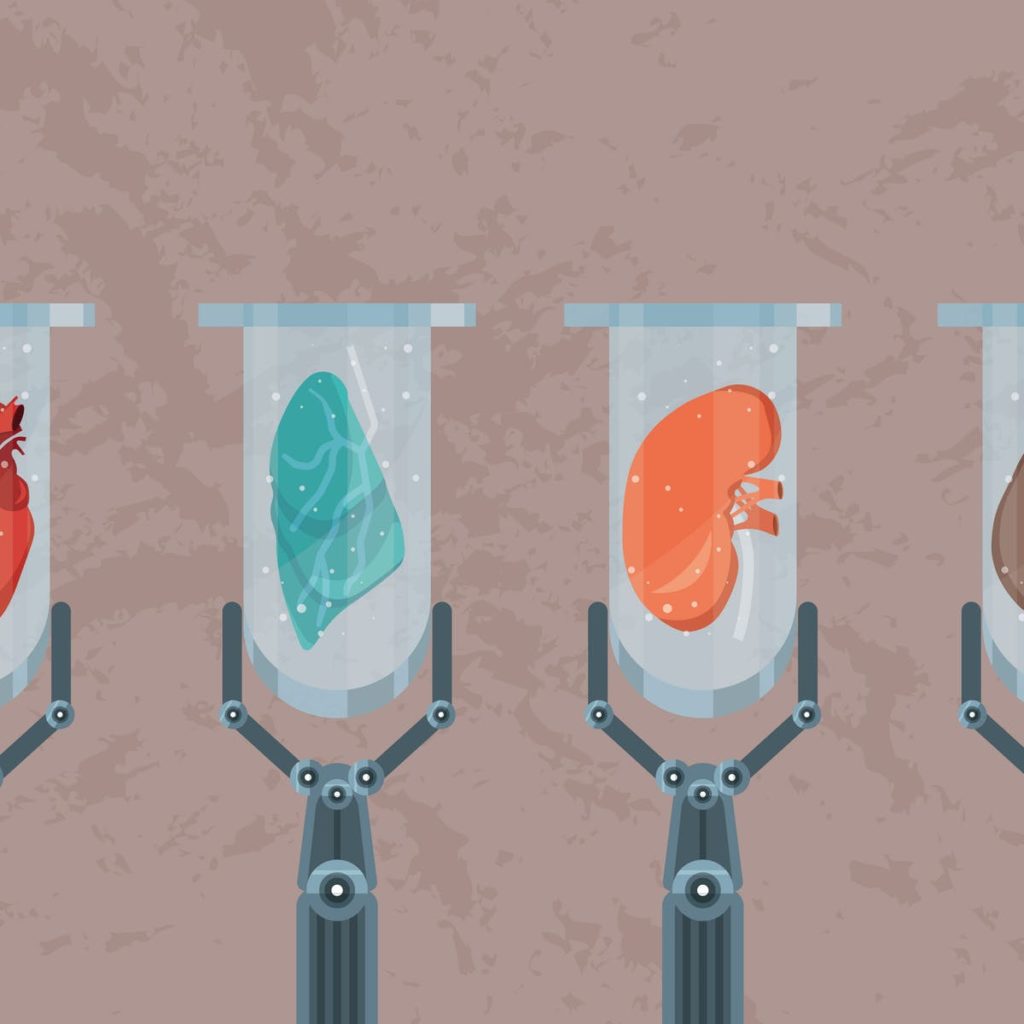
It’s entirely valid that some religious leaders oppose the use of embryonic stem cells for treatment and research. But the situation is different for adult stem cells. Even the Pope gave his approval to adult stem cell research. He also expressed his hope that adult stem cell research will give hope to many patients.
8. Stem cell therapy isn’t natural to recover from
Stem cell therapy addressing joint pain is an excellent example of how easy the patients can alleviate pain and mobility, avoiding the need for joint replacement surgery. The stem cell procedure is developed in an outpatient setting. It takes only a day or two until patients can go back to their life, being able to physical activity sooner than in case of invasive surgery. The procedure takes four hours or so, and there’s no need for general anesthesia. The majority of patients don’t even require pain medication after the procedure.
9. There is no proof about the stem cell therapy’s benefits
Many patients can benefit from stem cell procedure, but the lack of trust in innovative technologies like stem cell therapy doesn’t give them a better shot at healing. people need to be open and see that the innovative technologies are already used for addressing degenerative shoulders, hips, knees, and lumbar discs for more than five years now. “The results are incredibly promising as patients report less pain and better cartilage when undergoing stem cell therapy,” states Tom Thompson, working with stem cell therapies for three years now.
10. There are no stem cell treatments in the U.S.

There are different stem cell therapy regulations for every country. The FDA released guidelines on the use of human stem cells in the U.S. Americans have the possibility of trying stem cell treatments for numerous health conditions. With research on stem cell therapy still undergoing, we can only hope that more centers and benefits will be provided to the patients in years to come.
